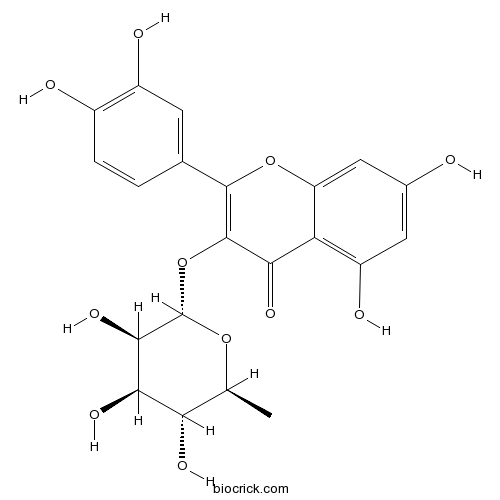Bryophyllum pinnatum
Bryophyllum pinnatum
1. The products in our compound library are selected from thousands of unique natural products; 2. It has the characteristics of diverse structure, diverse sources and wide coverage of activities; 3. Provide information on the activity of products from major journals, patents and research reports around the world, providing theoretical direction and research basis for further research and screening; 4. Free combination according to the type, source, target and disease of natural product; 5. The compound powder is placed in a covered tube and then discharged into a 10 x 10 cryostat; 6. Transport in ice pack or dry ice pack. Please store it at -20 °C as soon as possible after receiving the product, and use it as soon as possible after opening.
Natural products/compounds from Bryophyllum pinnatum
- Cat.No. Product Name CAS Number COA
-
BCN5665
Quercitrin522-12-3
Instructions

Paenibacillus bryophyllum sp. nov., a nitrogen-fixing species isolated from Bryophyllum pinnatum.[Pubmed: 29971704]
None
Profiling of plants at petroleum contaminated site for phytoremediation.[Pubmed: 29584469]
The paucity of information in the literature on the characteristics of plants that could be used for phytoremediation of petroleum hydrocarbons (PHC)-contaminated sites was the principal reason for this study. The aim of the study was to identify indigenous plants growing in PHC-impacted soil in Umuahia in eastern-Nigeria that have the ability to phytoremediate soils contaminated with hydrocarbons under tropical monsoon climate conditions. A total of 28 native plant species from different families growing in and around hydrocarbon-impacted soil in the vicinity of vandalized pipelines carrying petroleum products were collected and studied for their ability to grow in a hydrocarbon-impacted soil and remove the PHC from the impacted soil. Some of the plants demonstrated the ability to grow in soil with high levels of the total petroleum hydrocarbons (TPH), which shows that they may be tolerant to hydrocarbons in soil and could potentially phytoremediate a hydrocarbon-contaminated soil. Chromolaena odorata, Aspilia africana, Chloris barbata, Pasparlum vaginatum, Bryophyllum pinnatum, Paspalum scrobiculatum, Cosmos bipinnatus, Eragrostis atrovirens, Cyperus rotundus, and Uvaria chamae showed tendencies to phytoremediate contaminated soil. By using bioaccumulation coefficient (BAC) as a measure of phytoremediation, results showed that C. odorata, A. africana, and U. chamae demonstrated the highest potentials to phytodegrade hydrocarbons in soil.
Antimicrobial activity of plant-median synthesized silver nanoparticles against food and agricultural pathogens.[Pubmed: 28583887]
The adjuvant applications of silver nanoparticles (AgNPs) in food and agro-ecosystems are not completely pursued, which most of the researchers confined to laboratory inventions. AgNPs is gaining a lot of interest among worldwide researcher due to exhibit antimicrobial properties and unique physiochemical properties. In addition, the facile and economically friendly method called biological method to synthesis of AgNPs using Bryophyllum pinnatum leaf extract over other methods and including antimicrobial properties, there is no doubt that AgNPs could be twirled the food and agricultural sector in future. The Ag ion reduced to AgNPs within 5 min. The AgNPs had synthesized in pure state of face-centered-cubic nano-crystalline metallic silver with spherical in shape and well dispersed. The AgNPs exhibited against food (Escherichia coli-MTCC-443) and agriculture (Bacillus megaterium-MTCC-2412) pathogens. The synthesized AgNPs are strongly active against microbial associated with food and agriculture pathogens.
Potential of Bryophyllum pinnatum as a Detrusor Relaxant: An in Vitro Exploratory Study.[Pubmed: 28437806]
None
Treatment of Helicobacter pylori infected mice with Bryophyllum pinnatum, a medicinal plant with antioxidant and antimicrobial properties, reduces bacterial load.[Pubmed: 27937097]
Bryophyllum pinnatum (Lam.) Kurz (Crassulaceae) is a plant known for its antiulcer properties.


